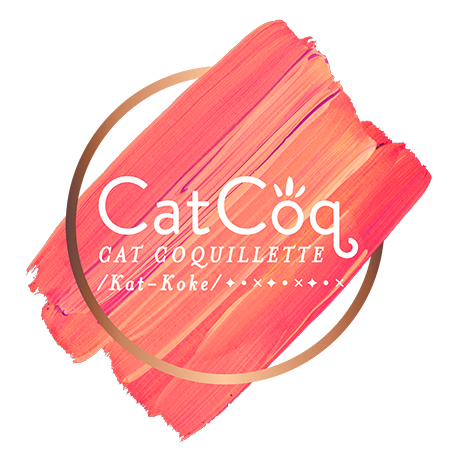Deciding Between Art Licensing and Buyouts in Brand Collaborations
When it comes to working with big brands as an artist, there are two main ways to go about it: art licensing and buyouts. Think of it like deciding between renting out your house (art licensing) or selling it (buyout). Both have their pros and cons, so let’s break it down.
What is Art Licensing?
Art Licensing involves granting permission to another company to use your artwork under agreed-upon terms while retaining your copyright. You’re essentially “renting” your artwork to the company and every time they sell a product with your work on it, you get a portion of that sale.
Art Licensing allows for a continuous stream of income through royalties as your designs are utilized by various brands over time. By retaining ownership of your designs, you retain control and flexibility in how your artwork is used.
What is a Buyout?
A buyout means selling your artwork’s copyright to a company. You get a large payment upfront, but you lose ownership and any future earnings from that piece. This can be appealing due to the large one-time payout, but it means giving up all rights to your artwork.
However, there are instances, such as in branding work, where a buyout may be more practical, especially when creating logos or brand identities. Companies would like to own their logo and it makes sense on your end as an artist since you can’t repurpose the exact branding identity and license it to someone else.
In this example, I collaborated with Disney and Society6 to create a design in honor of the Hocus Pocus sequel coming out. Since this is a copyrighted line from the movie, this design was a buyout. I designed it exclusively for this collaboration and it can’t be licensed to other companies. In this case, I was more than happy to do a buyout because it meant brand association with Disney. You have to weigh the options and decide when buyouts might be worth it or when you’d prefer to stick to licensing.
Why I Prefer Licensing
Personally, I’m team Art Licensing, especially for my artwork. It’s a steady stream of income that keeps on giving. It allows me to earn ongoing income and maintain control over how my art is used. This way, I can license the same design to multiple companies, maximizing its potential.
Here’s an example of the power of art licensing in action. I originally drew this sun illustration in Procreate, and added it to my portfolio.
I’ve licensed it to multiple companies, and if I would have chosen a buyout vs. licensing, I would have missed out on tons of opportunities for sales.
Protecting Your Work Through Contracts
Contracts are essential for any licensing deal. They define the terms, protect both parties, and ensure there’s no confusion about the agreement. Always review contracts carefully, and ensure they include a term limit, typically 2-3 years, to avoid being locked into a long-term commitment.
Sometimes clients aren’t familiar with how licensing works, so it’s important to explain that you’re not selling your art outright. Make sure to outline how licensing works and why retaining the copyright benefits both parties. Always have a detailed contract to protect both sides and clearly state the terms, including the duration of the agreement.
Managing the Exclusivity of Your Designs
Exclusivity is an important aspect of licensing deals. Clearly defining the terms of exclusivity—such as duration, territory, and product type—ensures everyone is on the same page and helps avoid conflicts. This specificity can also allow you to license the same artwork to different companies under different conditions– further maximizing its potential.
Choosing between licensing and buyouts depends on what works best for you and your goals. Keep your contracts clear, educate your clients, and enjoy the benefits of your hard work.





